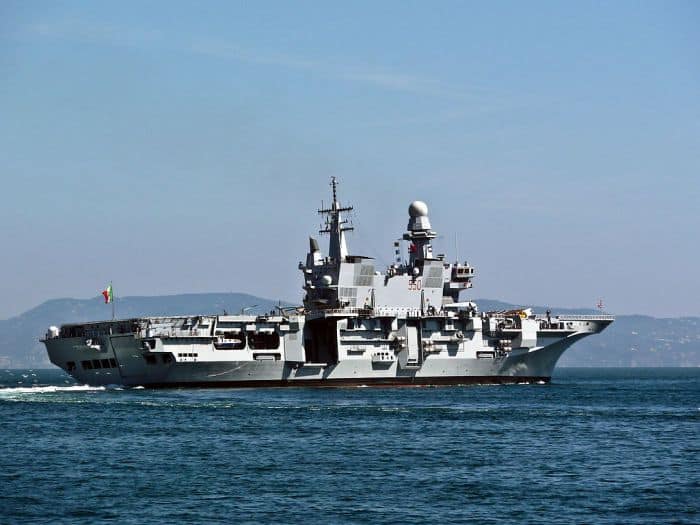What are Double Acting Tankers?
Oil tankers are an important mode of exporting and importing crude oil and other forms of liquid cargo. Geographical areas such as Arctic, Russia and several European parts are difficult to sail through during winter because of thick layers of ice. All ships passing through these areas require assistance of ice breakers to move ahead across the thick layers of ice. This assistance from ice breakers costs an extra overhead to the company as they have to pay additionally for these services.
In order to avoid this extra cost and to allow an oil tanker to pass through thick ice in areas like Russia and Europe, double acting tankers are used. The double acting tanker is self sufficient to break and pass through thick layers of ice. The first double acting tanker M.T Tempera was delivered in the year 2002.
How Double Acting Tankers Work?
A double acting tanker sails in normal sea in the ahead direction, just like any other vessel. However, when it comes to ice breaking, the astern movement of the ship is utilised. The aft or stern part of the ship hull structure is therefore made up of special reinforced double skin with a fatigue life of around 40 years.

Moreover, the conventional rudder and propeller is replaced by Azipod system with fixed pitch propeller and an electric motor of Mega Watt rating. The azipod system is capable of rotating 360° and the normal ahead speed is above 15 knots. Additional bow thrusters are also fitted to provide excellent manoeuvrability in narrow channels and ports.
The astern movement can produce a speed of more them 2 knots in 1mm thick ice depending upon the propulsion plant capacity. The podded propulsion is used for generating water stream in between the hull and the ice which also lubricates the contact decreasing the hull friction.
As the major stern bottom part comes in contact with the ice, all the bunker tanks are made double skinned. The coffer dam and the pump room are also protected by a double skin bottom.
Conclusion:
The Double acting ships make it possible to direct the propeller water flow to “eat” ice and push it away. This way, ships that were not able to sail without the assistance of ice breaker in midwinter conditions were able to proceed through the most severe conditions on their own.
References: wikipedia, ship-technology
Do you have info to share with us ? Suggest a correction
Latest Type Of Ships Articles You Would Like:

About Author
An ardent sailor and a techie, Anish Wankhede has voyaged on a number of ships as a marine engineer officer. He loves multitasking, networking, and troubleshooting. He is the one behind the unique creativity and aesthetics at Marine Insight.
Subscribe To Our Newsletters
By subscribing, you agree to our Privacy Policy and may receive occasional deal communications; you can unsubscribe anytime.















